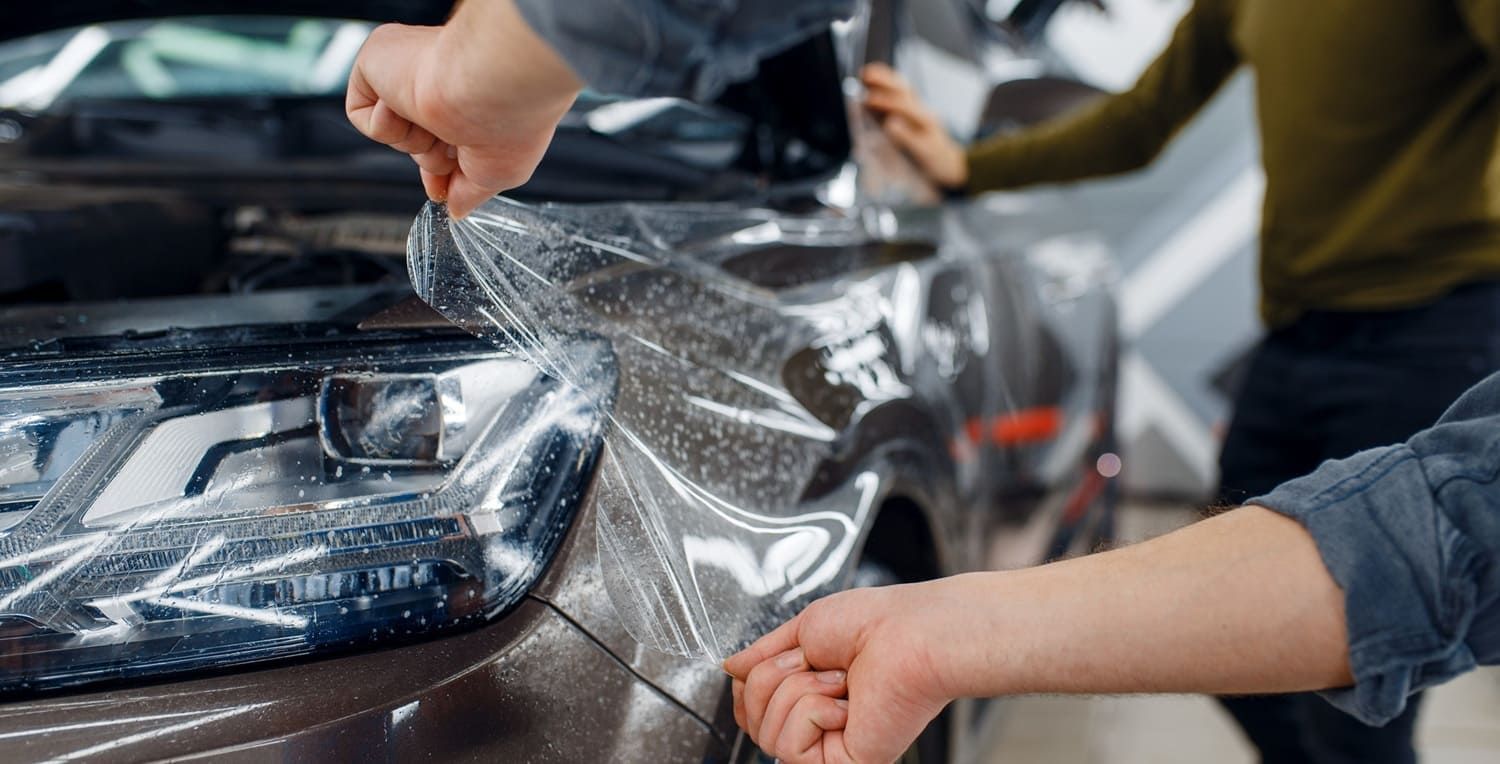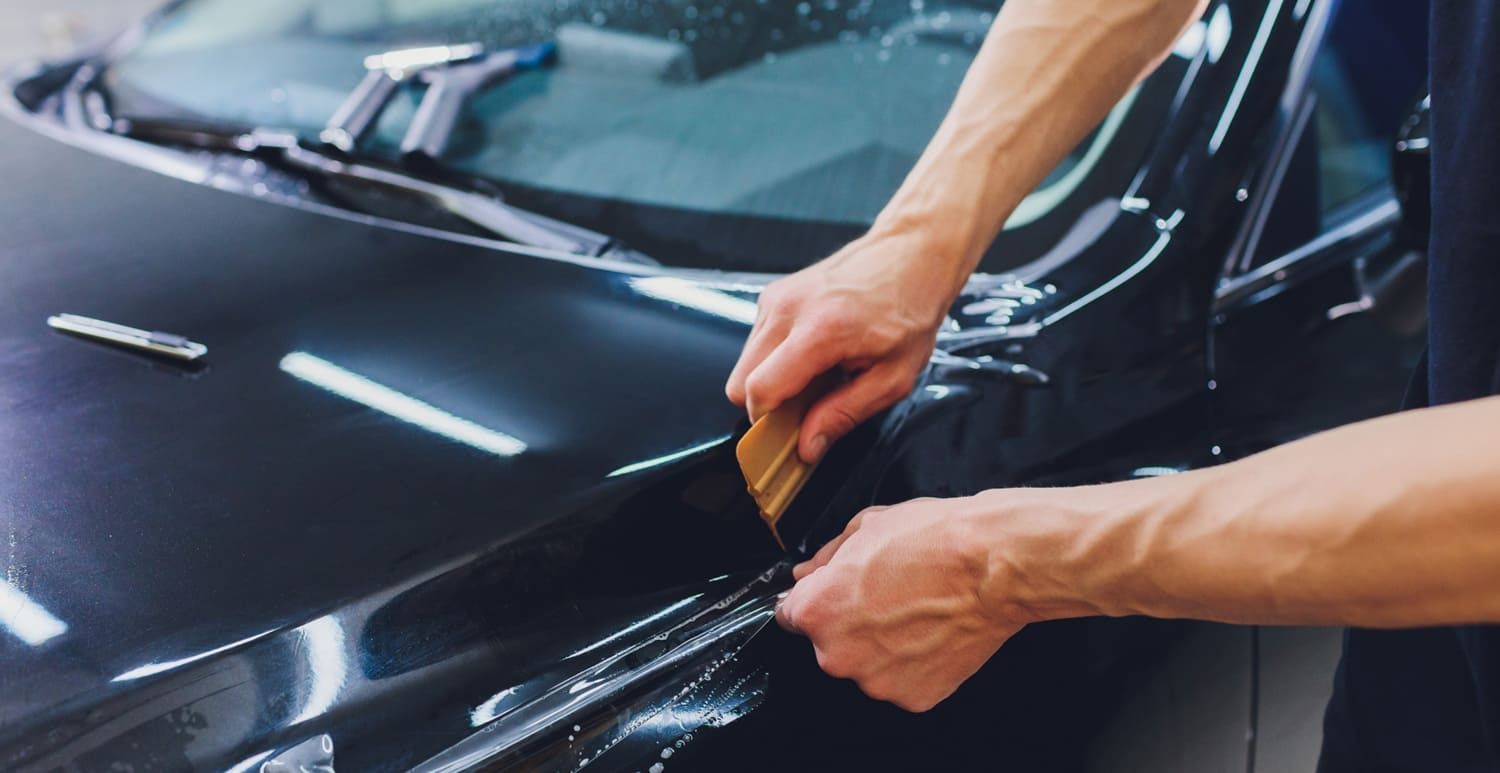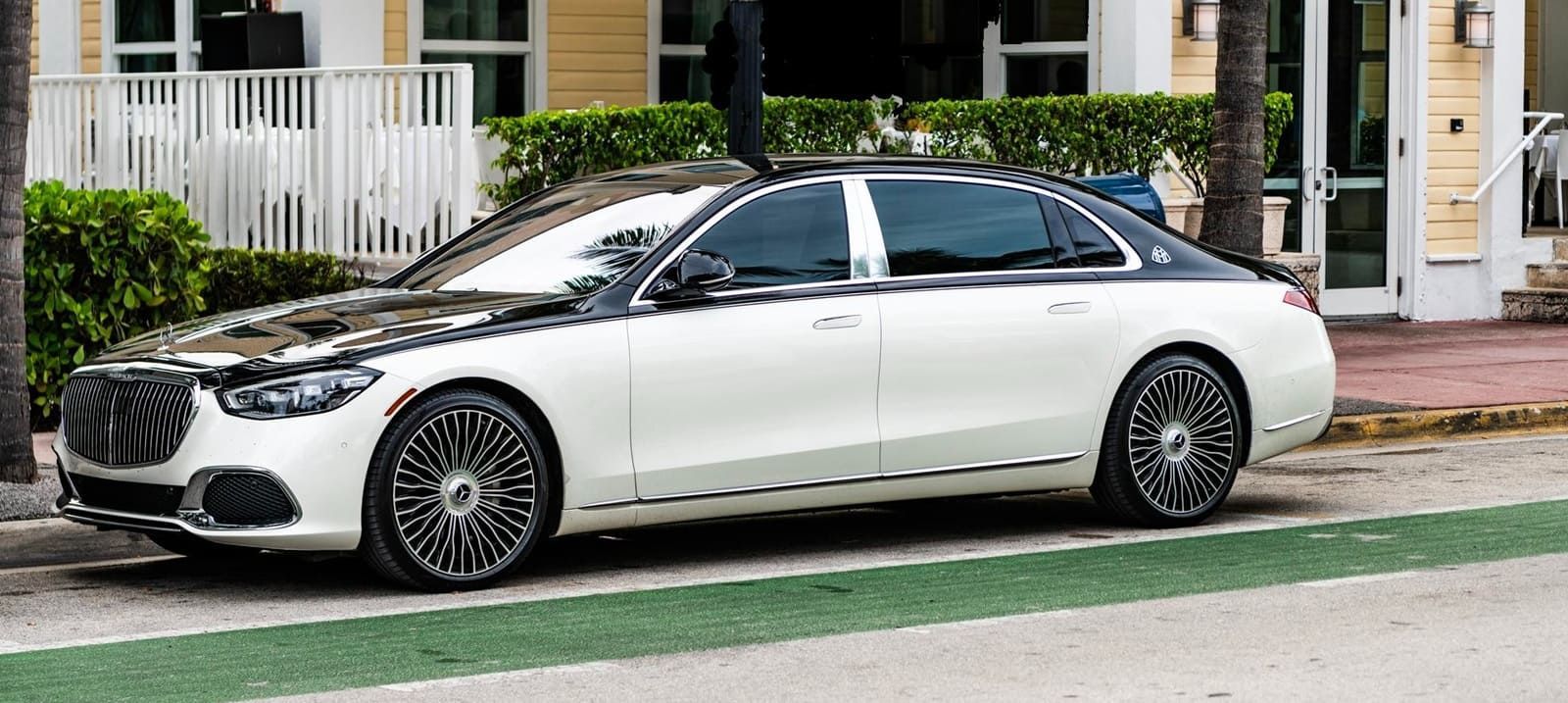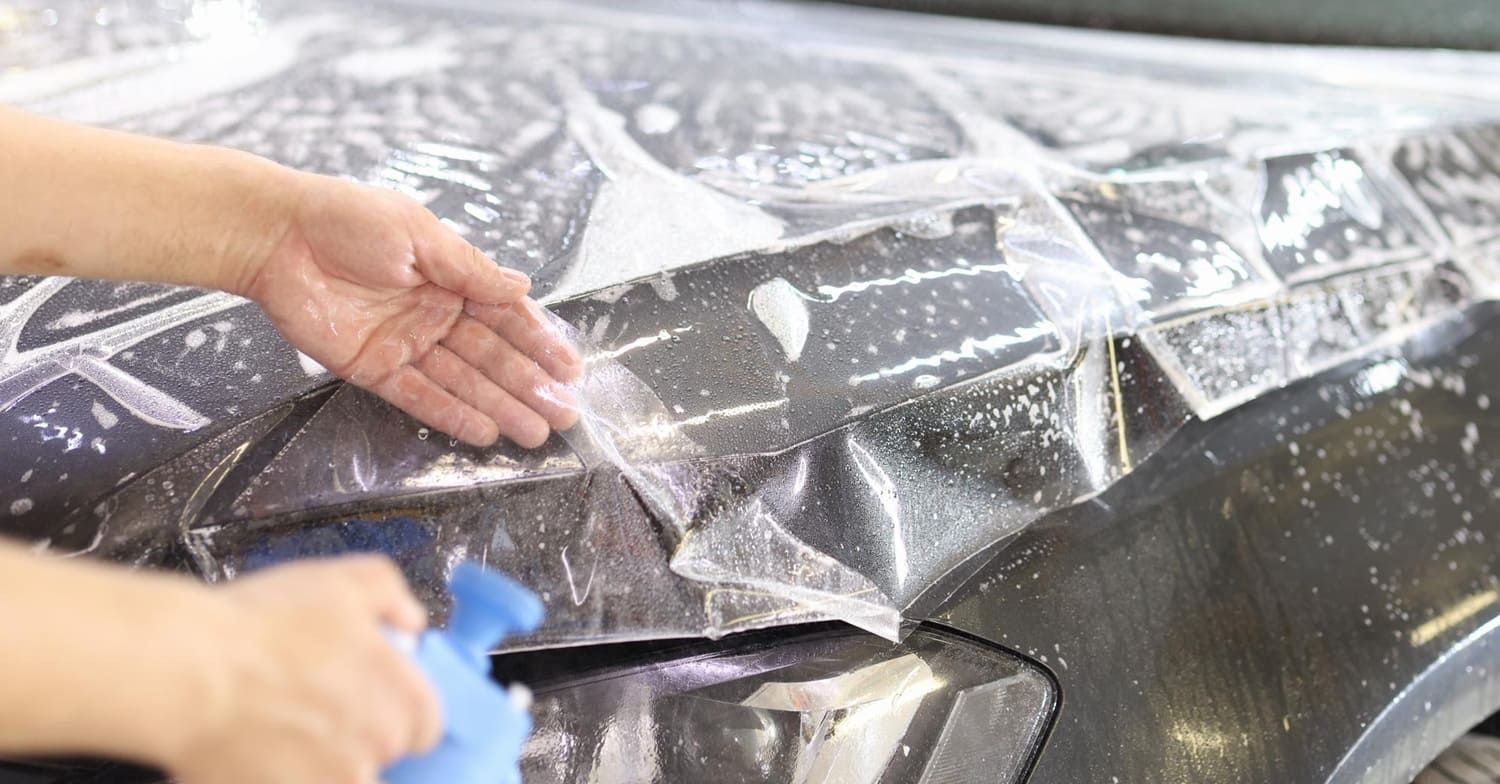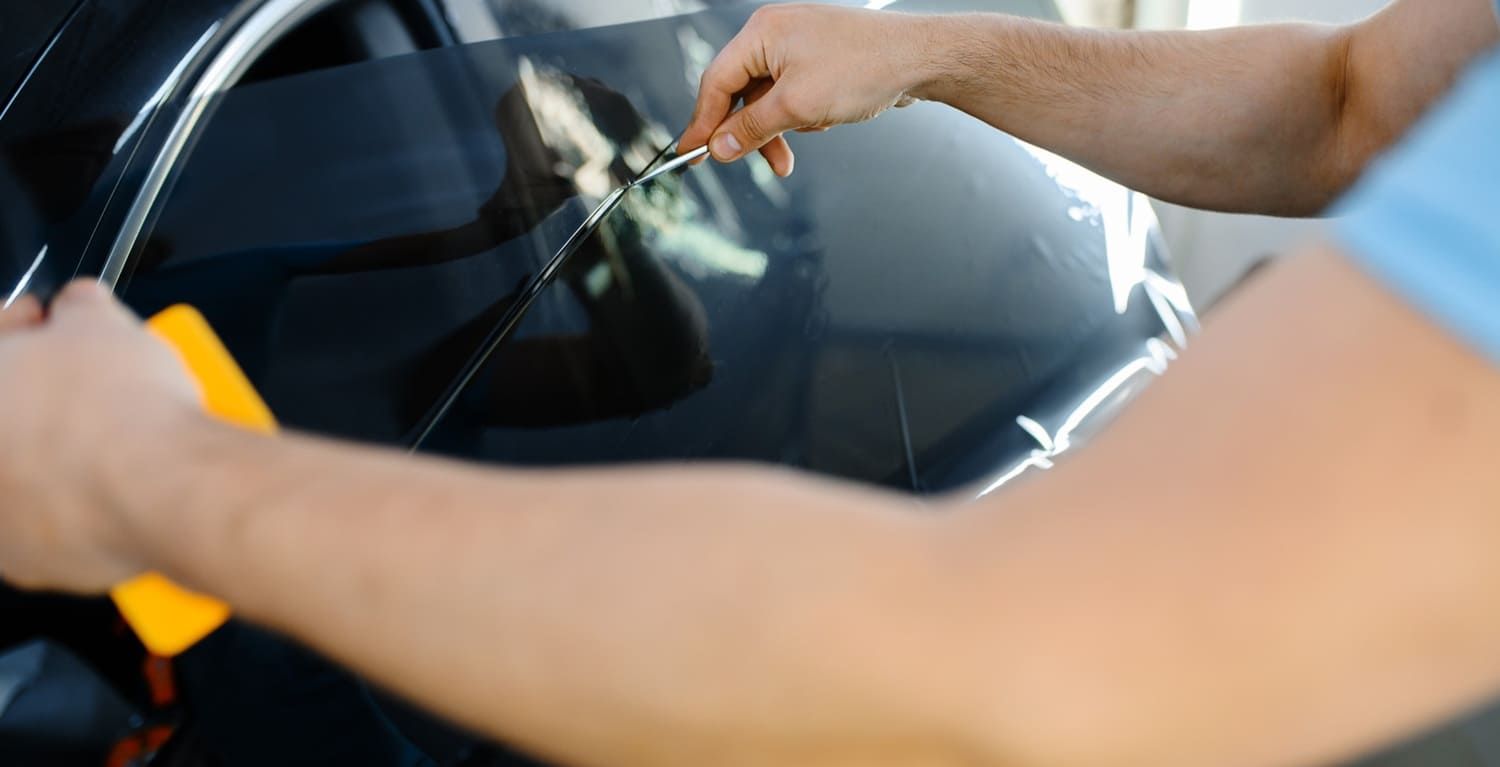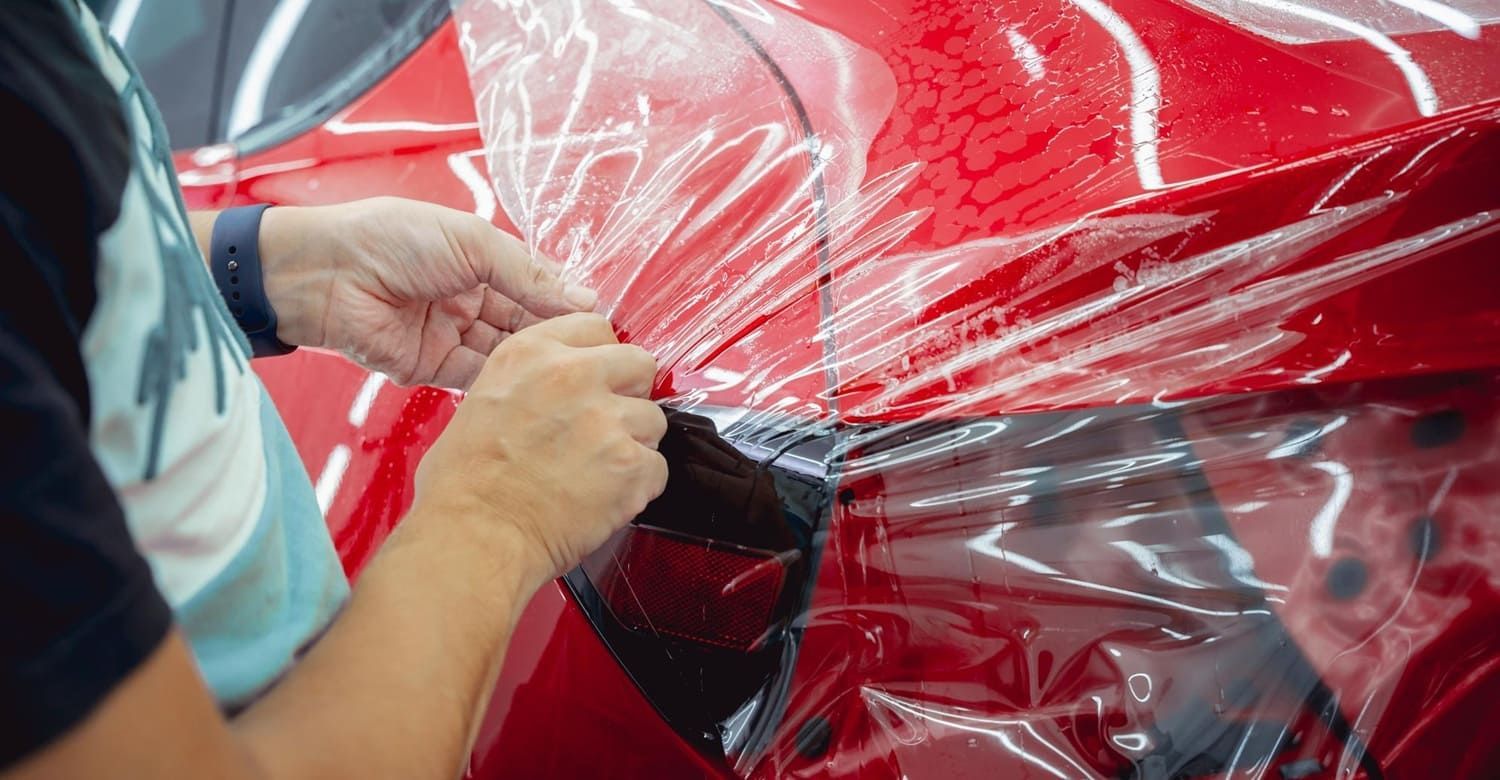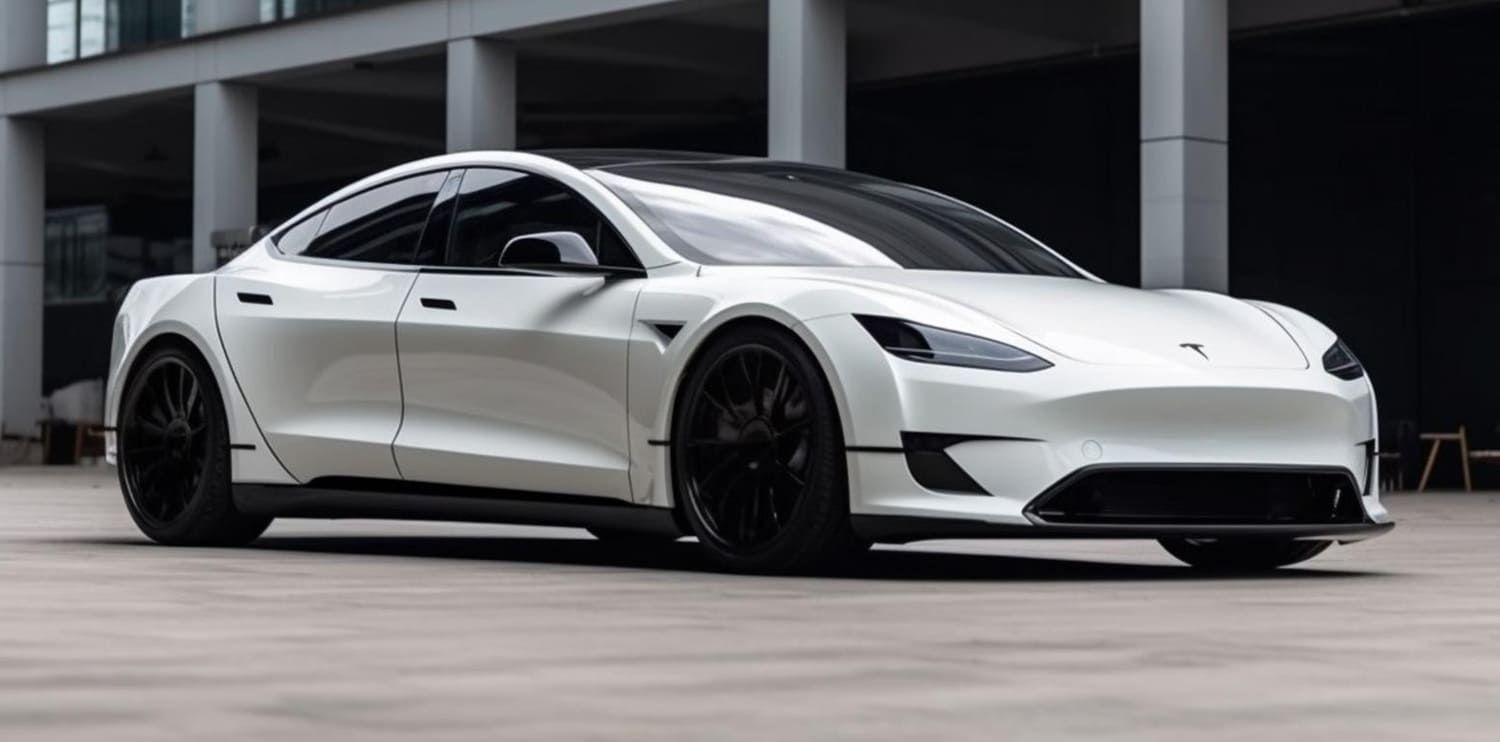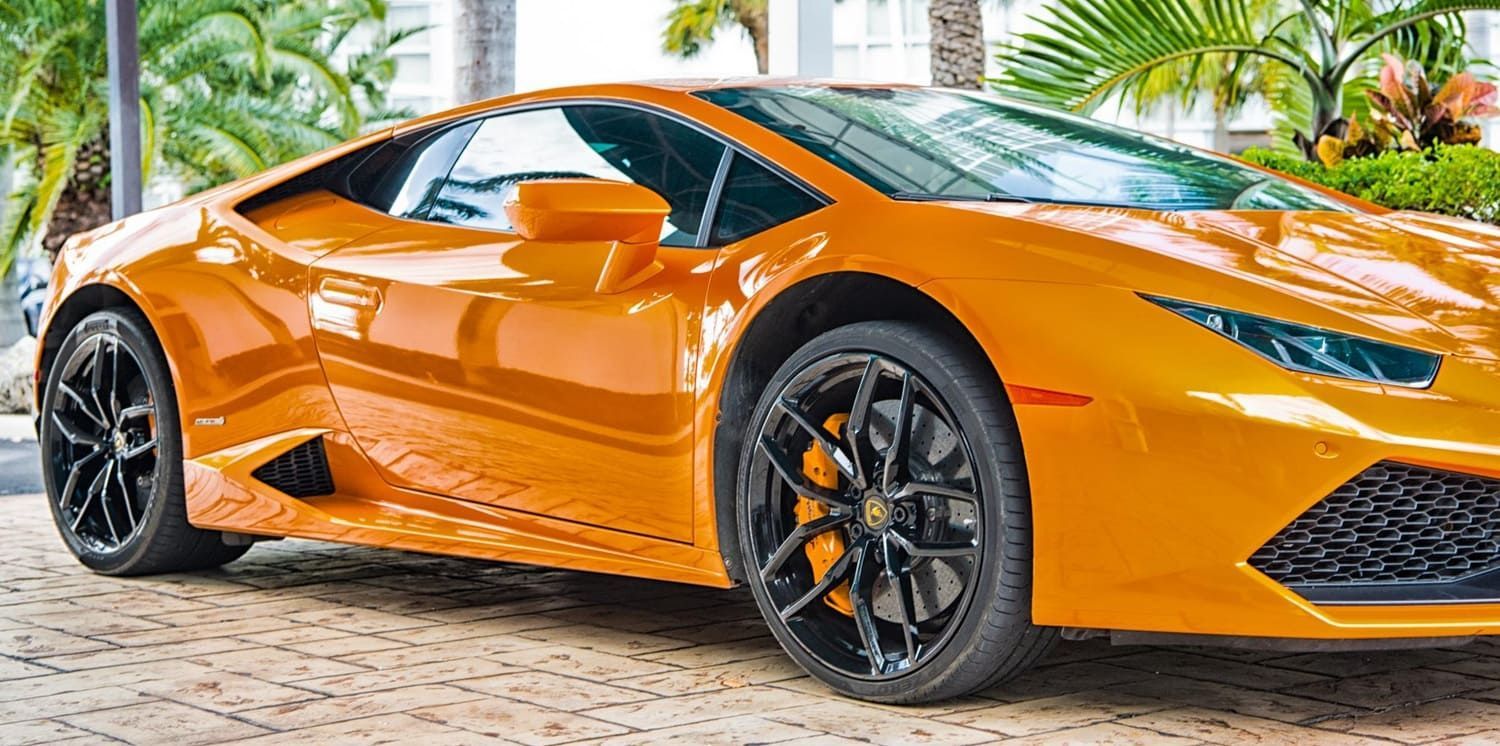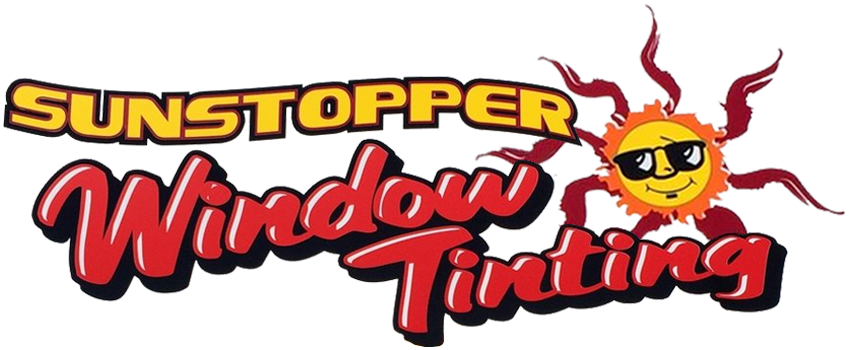Tesla Window Tinting: Florida Laws and Best Options Explained
Tesla Window Tinting:
Florida Laws and Best Options Explained
Florida’s sun-drenched roads are both a blessing and a challenge for Tesla drivers. With the state’s searing heat, relentless UV exposure, and high humidity, Tesla owners are turning to
advanced window tinting solutions to combat the unique climate. Whether you drive a Model 3, Model S, Model X, or Model Y, window tint isn’t just about style—it's a necessity for heat rejection, UV protection, glare reduction, and maximizing your EV’s battery efficiency. In this detailed guide, learn everything you need to legally and effectively tint your Tesla under Florida’s evolving 2026 regulations, and discover the best tint film technologies available for electric vehicles today.
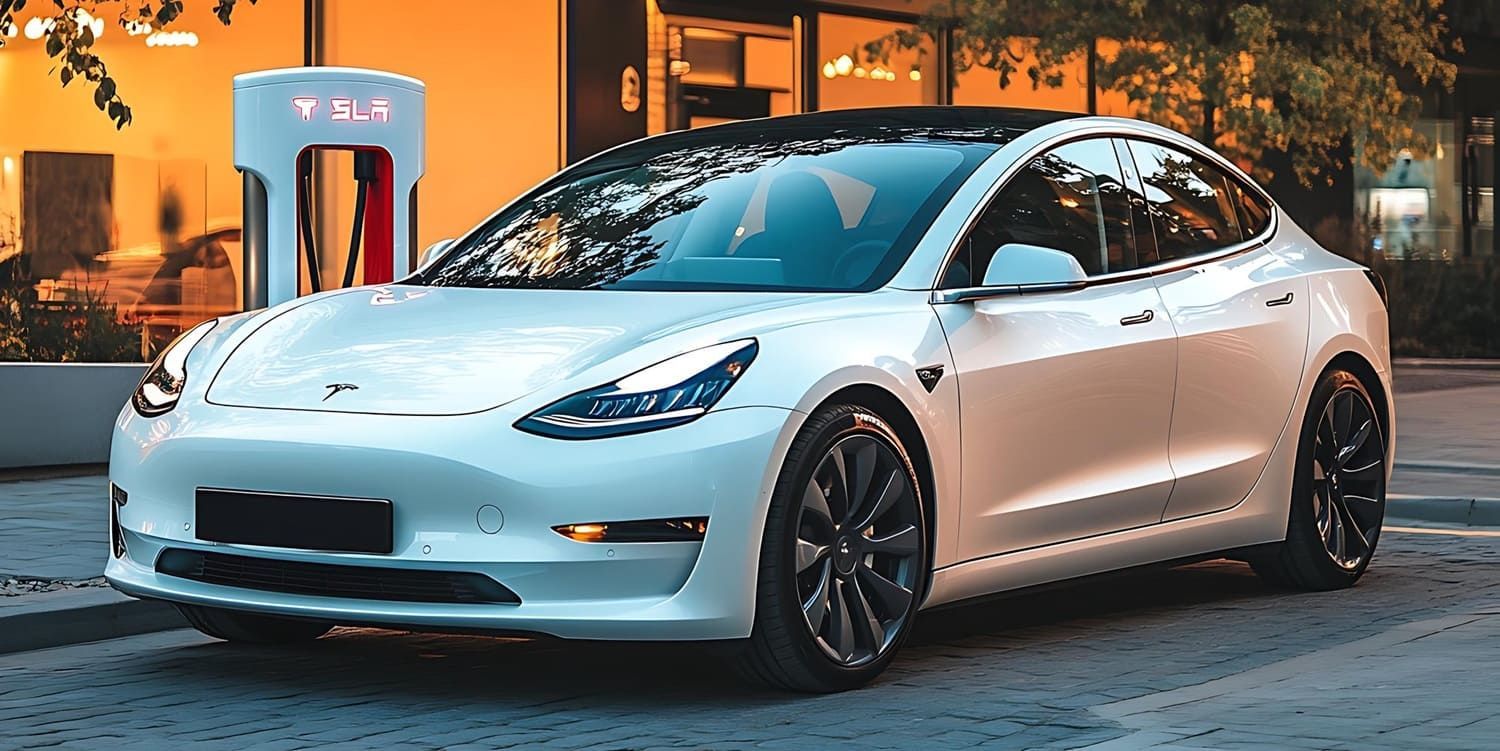
Florida’s 2026 Tint Laws for Teslas: What You Need to Know
Legal Visible Light Transmission (VLT) Limits
Florida’s window tint laws set clear requirements for how much visible light must pass through your Tesla’s windows—a crucial measurement called VLT (Visible Light Transmission). As of 2026, these are the VLT limits for passenger vehicles:
- Front Side Windows: Minimum 28% VLT (at least 28% of light must pass through).
- Back Side Windows & Rear Window: Minimum 15% VLT.
- Windshield: Non-reflective tint allowed only above the AS-1 line (or top five inches). No tint below the manufacturer’s AS-1 line.
These standards apply to all Tesla models, and are especially crucial for vehicles with panoramic roofs and expansive glass, like the Model X and Model Y.
Special Rules for Electric Vehicles and Panoramic Glass
Florida recognizes that Teslas and other EVs may have advanced glass, like UV-blocking panoramic roofs. Still, legal VLT limits apply unless the tint is strictly factory-installed.
- Panoramic Roofs: The glass roof is typically considered part of the rear window for legal purposes; apply the 15% VLT rule.
- Medical Exemptions: Some health conditions can qualify for a legal exemption to install darker tints—however, these require documentation and DMV approval.
How Tint is Measured and Enforced
Law enforcement uses a calibrated photometer to measure VLT directly on your Tesla’s glass. Penalties for non-compliance in 2026 include:
- First offense: Fines up to $150 plus mandatory removal or correction.
- Repeat offenses: Increased fines and possible vehicle inspection or registration holds.
- Inspection: Any aftermarket tint must be verifiable for compliance; keep your documentation from professional installers.
Why Professional Installation Matters for Teslas
Tesla’s advanced glass construction, including acoustic layers and embedded antennas, make DIY tinting risky.
- Calibration: Tesla vehicles may require recalibration of sensors and cameras after tinting.
- Glass Technology: Teslas are sensitive to metallic films that may interfere with GPS, cellular, or keyless entry systems. Professional installers ensure that only approved films are used.
- Warranty: Many professional shops provide documentation necessary to prove your tint is legal—crucial if you get pulled over or for resale.
The Best Window Tint Options for Teslas in Florida
Given Florida’s climate and Tesla’s unique construction, not all window tints are created equal. Let’s break down the best film types for optimal performance and compliance:
Nano-Ceramic Window Tint Films
Benefits:
- Blocks up to 98% IR heat, significantly lowering cabin temperatures and strain on your Tesla's air conditioning and battery.
- Provides maximum UV protection—over 99%. Helps protect skin, dashboard, and upholstery.
- Does not interfere with electronics or wireless signals.
- Clarity: Maintains natural window appearance without the “mirrored” look.
- Durability: Resists fading, bubbling, and color shift for up to 10+ years.
Infrared (IR) Heat-Rejecting Films
Benefits:
- Exceptional heat-blocking, comparable to nano-ceramic, but variable UV protection based on quality.
- Can be less expensive, with some offering up to 95% IR rejection.
- Suitable for Tesla’s large windows; keeps cabin comfortable and protects battery range.
Carbon and Metallic Window Tints: Are They Right for Teslas?
While carbon tints offer solid heat and UV protection at a lower price, they rarely match the performance of premium ceramics and may not last as long. Metallic tints, meanwhile, are best avoided—they can interfere with Tesla’s antennas and signal-based tech.
Comparison Table: Ceramic vs. Carbon vs. Metallic Window Tint Films
| Feature | Nano-Ceramic | Carbon | Metallic |
|---|---|---|---|
| Infrared (IR) Heat Rejection High | (up to 98%) | Medium–High (50–70%) | Medium (40–60%) |
| UV Protection | 99%+ | 90–97% | 95–99% |
| Signal Interference | None | None | Possible/High |
| Clarity & Appearance | Excellent | Good | Can appear mirrored |
| Durability | 10+ years | 5–7 years | 3–5 years |
| Warranty Coverage | Comprehensive (Lifetime) | Limited or 5–10 years | Limited/Short-Term |
| Price Range | $$$$ | $$–$$$ | $$ |
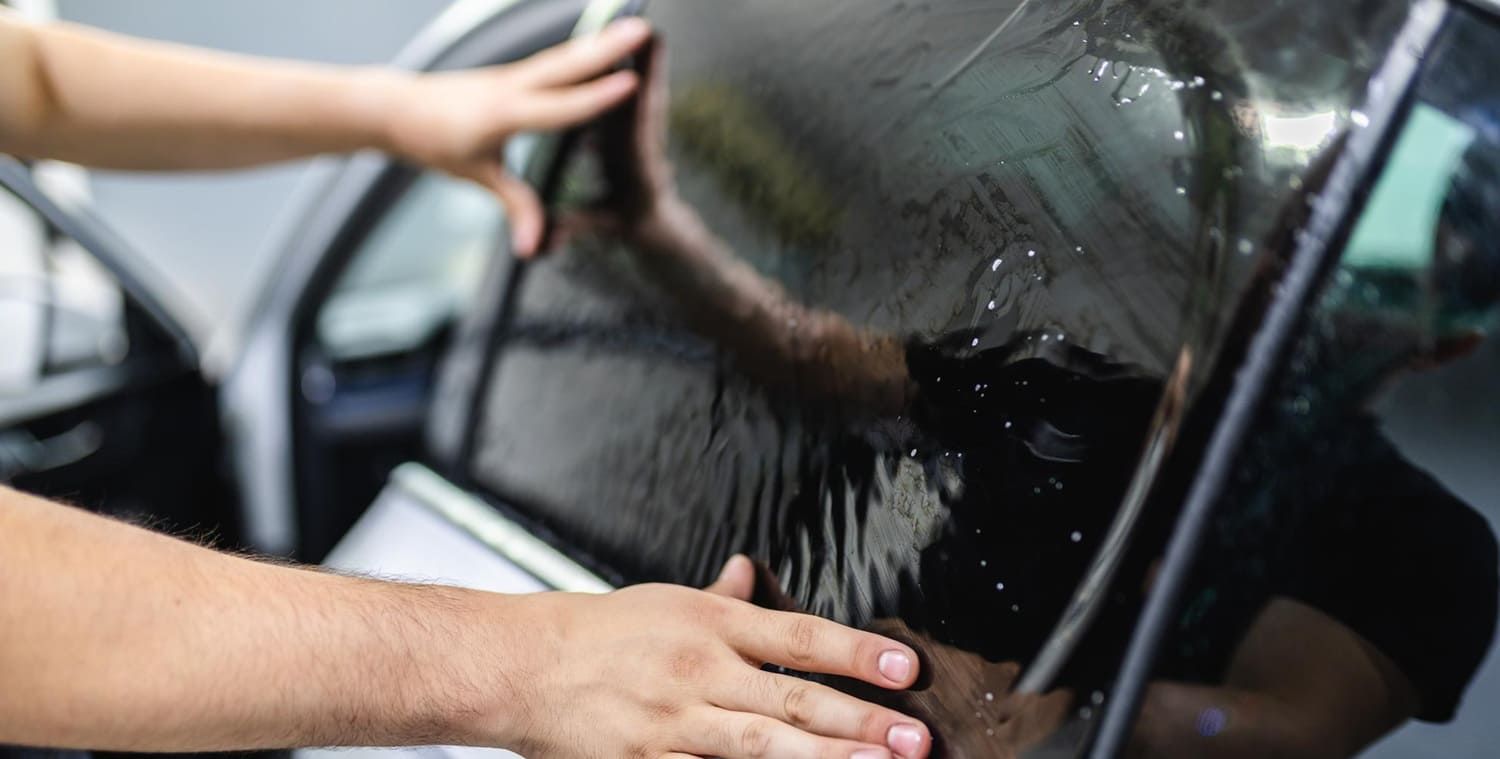
How Tinting Improves Comfort, Efficiency, and Protection in Your Tesla
- Heat Rejection: Keeping your Tesla’s cabin cool means less AC use, which directly improves range—especially important in Florida summers.
- UV Protection: Blocks harmful rays that fade your interior and pose health risks.
- Glare Reduction: Safer daytime driving and less eye strain on long, sunny trips.
- Interior Preservation: Reduces dashboard cracking, upholstery fading, and electronics aging from sun exposure.
- Battery Efficiency: Less strain on climate systems preserves battery life and maximizes driving range.
- Security & Privacy: Choose higher-opacity legal films for added peace of mind—from Model Y family SUVs to the Model 3’s city commutes.
FAQs: Tesla Window Tinting and Florida Laws
What’s the legal tint percentage for Tesla front windows in Florida?
Minimum VLT is 28% for front side windows.
How dark can I go on Tesla rear and side windows?
Minimum VLT is 15% for rear and back side windows.
Can I tint my Tesla’s windshield?
Only the top five inches (or above the AS-1 line) can be tinted, and it must be non-reflective.
Does factory Tesla glass count as “tint” under state law?
Factory tint is allowed, but additional aftermarket tint must still meet state standards and VLT requirements.
Will tinting interfere with Tesla’s sensors or electronics?
Ceramic and quality IR films are safe; avoid metallic tints to prevent signal issues.
Are there special window tint laws for electric vehicles in Florida?
Currently, EVs like Teslas follow the same rules as other passenger vehicles, with no special restrictions for EV glass or panoramic roofs beyond the standard VLT limits.
How is tint measured by police?
Officers use a photometer to measure VLT on the spot (includes both glass and film layers).
What happens if I have illegal tint?
You may receive a fine and be required to remove or replace non-compliant tint; repeat violations incur stiffer penalties.
How long does window film last on a Tesla?
Nano-ceramic films can last 10+ years; most quality films come with at least a 5–10 year warranty.
Will window tint affect my Tesla’s warranty?
Not if installed by certified professionals using recommended films and methods; always check warranty coverage before tinting.
Conclusion: Choose Professional Tesla Tinting for Peace of Mind
Florida’s 2026 window tint laws require careful planning for Tesla drivers looking to stay cool, comfortable, and fully compliant. The right film—particularly nano-ceramic or advanced IR options—can transform your Tesla’s experience with better range, superior UV and heat defense, and lasting style. Given the complexity of modern Tesla glass, it’s essential to work with professional installers who understand both state regulations and the advanced technology inside your vehicle.
Ready to get started? Contact Sunstopper Window Tinting in Melbourne, FL, for expert Tesla tint installation. Call 321-768-1215
, or visit our shop to book a personalized consultation. We proudly serve Tesla owners statewide and offer a free estimate to help you choose the perfect legal tint. Enjoy the confidence that comes from professional installation, premium comfort, and year-round protection on Florida’s sunniest highways.


